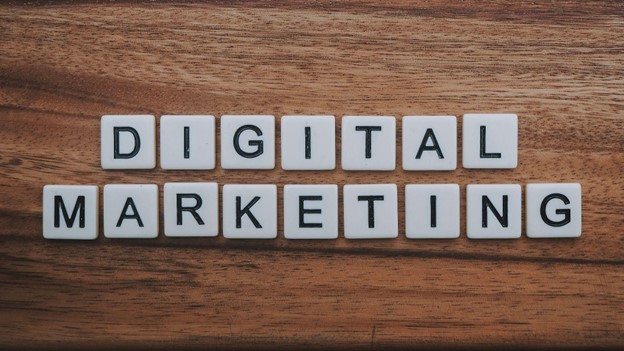According to recent data, inflation is the greatest threat that small businesses will face in 2022. More than half of respondents to a survey said they were very worried about rising prices for goods and labor.
Small businesses face additional challenges with cash flow due to inflation. Over two thirds of respondents said they have experienced cash flow issues this year. 23% believe it is a major issue for their business. The respondents cited rising costs as their number one reason for these challenges.
Many small businesses are forced to use credit cards, loans or their personal accounts to stay afloat in order to combat inflation. Nearly 40% say that they have used their personal savings to fund their small businesses this year.

Other companies have responded by increasing prices to offset rising costs in the supply chain and labor, passing on inflation to their customers. This tactic may drive away consumers, and it may not be enough for inflation.
The inflation puzzle is not an easy one to solve. With tight margins, small businesses are caught between a stone and a difficult place. Raising prices will result in losing customers. Risk running out of savings if you dip into your savings. There are some things that small businesses can to do lessen the impact on inflation without having to make major changes or cuts.
1. Check your expenditures
It’s a good time to look at your business expenses. You can identify areas where you could cut costs. You can easily identify unnecessary spending by using expense tracking software.
You should look for services and products that aren’t used by your company or aren’t necessary. Note that employee satisfaction and costs related to employee wellness should always be included in the “essentials” category. Then, determine your “must haves” and “nice to haves”. Can you do without the nice-to -have item or service until money is more readily available? Consider pausing.
Consider downsizing your office or retail space or subletting it to reduce costs. If the location is no longer beneficial to your business, you can move it or sublet it. Businesses who operate out of a physical space can find ways to increase energy efficiency, and save money on utility bills. These nickels and dimes can add up.
2. Renegotiate supplier contracts
It’s never too late to read your contracts with suppliers or negotiate with them. Some suppliers will offer discounts for preordering, ordering in bulk, or paying early. Pre-ordering and ordering in bulk can help you stock up to order less frequently if you notice that the cost of your supply is increasing every time you order. There’s nothing wrong with shopping around if your supplier won’t lower the price.
3. Pay faster
QuickBooks data shows that more than half of small businesses blame late payments for their cash flow issues. A quarter also say they wait over 30 days to be paid.
You don’t want to be late paying your bills. With inflation on the rise, you simply do not have the funds or time. You can improve your cash flow and get paid faster by including payment terms in your invoices. Also, ask for upfront payments or deposits. Make it easy for your customers to pay and follow up immediately on past due invoices. Create and send invoices with invoicing software that are professional.
4. Employee retention is a priority
QuickBooks data shows that 40% of small businesses have found it difficult to retain qualified workers, despite the recent labor shortage.
You’ll have to pay for recruiting, hiring and onboarding. You also have an open slot in the schedule.
Businesses offer bonuses and raises to employees to keep them happy and on the payroll. While it may seem counterproductive to increase salaries when you are trying to reduce costs, the cost to keep employees happy is usually cheaper than finding new workers.
Keep in mind that inflation affects employees as well. You may be fighting rising supply costs, but your employees are also facing rising living expenses. Along with higher wages, other low-cost methods to engage employees include paid time off and flexible schedules.
5. Get funding
Small Business Loan will help you boost your profits without having to dip into your personal or business savings. A business loan is an investment in your business. It should not be used to pay off unpaid bills or cover unexpected expenses. This will only lead you further into debt.
You can use a small-business loan to purchase inventory in bulk or to invest in more efficient operations. Or, you can increase your Marketing efforts in order to attract new clients. Find high-return investments to put your capital into your business.
6. Pricing strategy – Rethink it
You may need to increase your prices. Raising your prices may be necessary if your margins continue to shrink. There’s a way to go about it.
Start small. Raise prices in mass can scare customers and drive them away. Small, strategic price changes will have the greatest impact on your company but will be the least disruptive to your customers. Start with the best-selling or most unique products and see how customers react.
Small steps can have a big impact
Recent data on small businesses and research indicate that inflation will not be going anywhere anytime soon. This uphill battle will continue for small businesses in the near future, which can be quite daunting. Cutting costs, recovering past due invoices and increasing your profit margins will go a long ways towards fighting inflation. You may think these changes are small, but you can make them right away to reduce the impact of inflation on your bottom line and your mental health.
Consult a business advisor or accountant before making any drastic changes. You can get free business advice at the Small Business Development Center in your area.











Leave a Reply